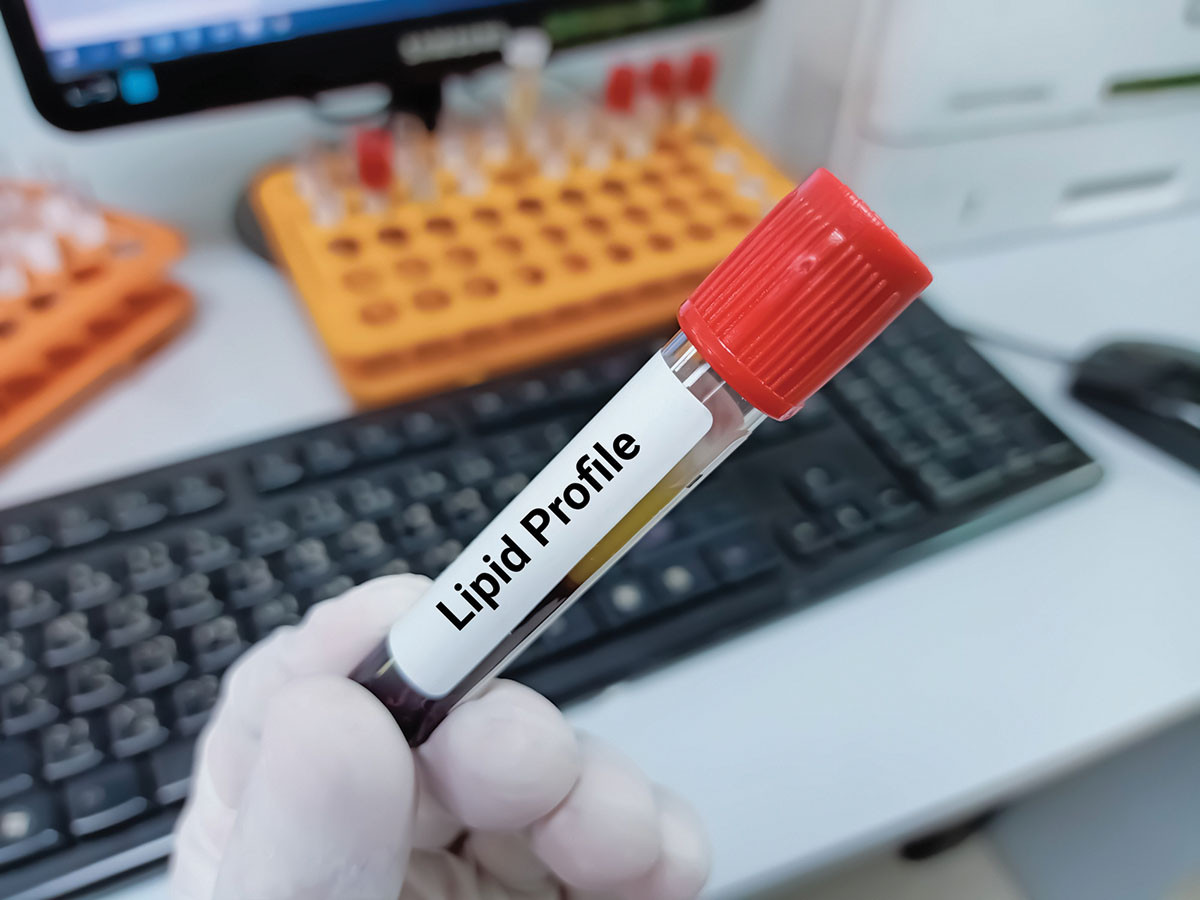What is non-HDL cholesterol?
Ask the doctor

Q. My recent cholesterol test results included a value I haven't seen before: non-HDL cholesterol. What's the relevance of that number, and what's a healthy value?
A. A standard cholesterol test (also called a lipid profile) typically features four numbers: total cholesterol, low-density lipoprotein (LDL) cholesterol, high-density lipoprotein (HDL) cholesterol, and triglycerides. Recently, non-HDL cholesterol (your total cholesterol minus your HDL cholesterol) has started appearing on some of these reports. In coming years, its relevance may rise for two reasons: (1) you don't need to fast to check your non-HDL cholesterol, and (2) for many people, it may be as good as (or even more reliable than) LDL for assessing heart disease risk.
Traditionally, doctors have focused mainly on LDL cholesterol, mostly because large studies have revealed that statins and other drugs that lower LDL cholesterol levels also decrease the risk of heart attacks and related problems. Also, a number of guidelines have instituted target LDL levels for various levels of risk.
However, most labs don't directly measure LDL in your blood sample. Instead they use a formula to calculate your LDL based on your triglycerides and other lipid values. When and what you eat affects your triglyceride levels, so you ideally should fast before the blood test, which helps standardize the results. But many doctors no longer tell patients to fast, as it may be difficult depending on when they get their blood drawn.
Because the non-HDL cholesterol calculation is not based on a triglyceride value, you aren't required to fast before the test; the results are similar whether you fast or not. A non-HDL cholesterol value includes all the atherogenic (artery-clogging) lipoprotein particles — not just LDL, but also very-low-density lipoprotein (VLDL) and intermediate-density lipoprotein (IDL). These particles, which transport triglycerides to tissues, are eventually transformed into LDL.
Increasingly, lipid experts acknowledge that the non-HDL cholesterol value may be superior to the LDL cholesterol value for predicting heart disease. Most people eat every few hours during the day, which means we spend the better part of our waking hours in a "fed" rather than fasting state. So results from non-fasting blood tests better reflect our typical physiology. Also, the widely used online Heart Risk Calculator (www.cvriskcalculator.com) uses the non-HDL cholesterol number.
The target for non-HDL cholesterol is no greater than 30 milligrams per deciliter (mg/dL) above your recommended LDL level. For example, if your LDL target is under 100 mg/dL, you should strive for a non-HDL cholesterol level of 130 mg/dL or less. If your non-HDL cholesterol is elevated, your doctor might further intensify your LDL-lowering therapy or focus on lowering elevated triglycerides.
Image: © Md Zakir Mahmud/Getty Images
About the Author

Deepak L. Bhatt, M.D., M.P.H, Former Editor in Chief, Harvard Heart Letter
Disclaimer:
As a service to our readers, Harvard Health Publishing provides access to our library of archived content. Please note the date of last review or update on all articles.
No content on this site, regardless of date, should ever be used as a substitute for direct medical advice from your doctor or other qualified clinician.
















